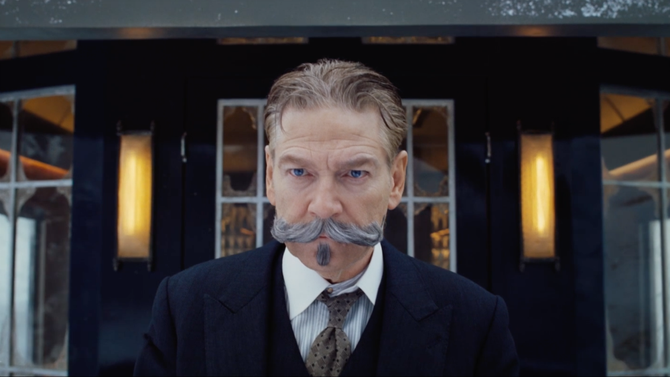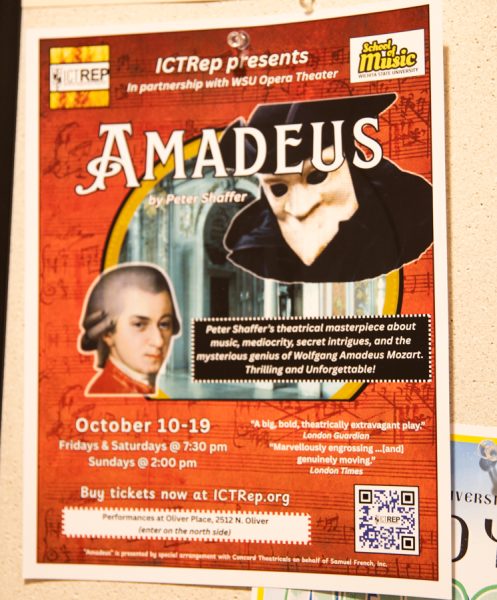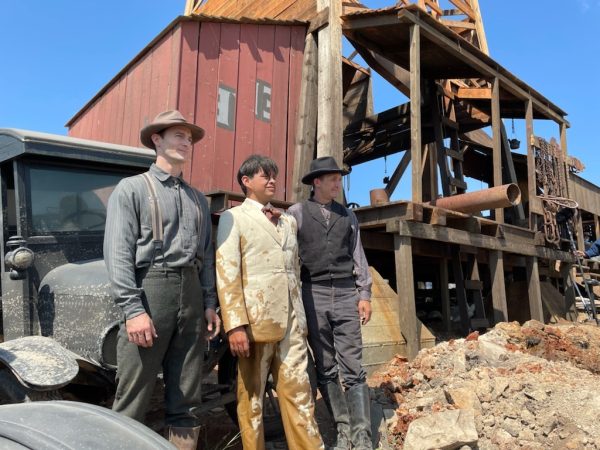‘Murder on the Orient Express’ never leaves the station
“Murder on the Orient Express” is a movie about a killing on a snowbound train — 12 strangers turned suspects thrown together by fate and trapped by circumstance. It’s an incredible premise — how could it not be, given that it’s an adaption of the Agatha Christie novel of the same name?
While the queen of crime was known for her airtight plotting and masterful sleight of hand, Kenneth Branagh’s attempt at filming this perfect crime isn’t nearly as successful as its source material, thanks to some strange directorial choices and poor editing.
Mystery films revolve around a single idea, an engine driving the narrative through space and time — who did it? As world-famous detective Hercules Poirot famously states in this movie, “If there was a murder, there must be a murderer.”
Much of the success of a mystery films lies in its ability to establish the cast of characters, making sure each one is memorable and distinct within the collective unconscious of the audience, so that when the murderer is eventually revealed, there is no confusion about who the culprit is.
It is on this crucial element that the movie first starts to lose steam. While it does a nice job of setting up its protagonist — the eccentric, mustachioed, and aforementioned world-famous detective Hercules Poirot — the suspects surrounding him on his passage are much more difficult to distinguish.
There are 12 characters aboard this train, and only half of them are given the screen time and script necessary to fully differentiate themselves. The others wither out of focus. It’s a shame, because the cast assembled is truly staggering, though the actors are never given enough breathing room or time to do anything meaningful.
Johnny Depp, Daisy Ridley, Judi Dench, Penelope Cruz, Kenneth Branagh, Leslie Odom Jr., William Dafoe, Michelle Pfeiffer — it’s a very talented cast of actors, but you wouldn’t know it from watching the movie.
Part of the reason the novel this movie is based on is so successful is the fastidious attention Christie pays to spatial logic and character motivation. Each detail of the murder and its plotting is carefully revealed to the reader, and the same amount of care is placed on characters’ physical location as establishing a timeline of events.
None of this careful attention is afforded to the film’s audience. Instead, Poirot’s investigation is bogged down by a needless back-story involving his late lover and many superfluously dramatic scenes that are artificially injected to create some sort of tension, which detracts from the dazzling detective work that made Christie’s novels famous in the first place.
Leaps in logic are commonplace, as Poirot makes deductions and insights without putting in the work to create their dramatic payoff. With each uncovered clue, the audience is left behind in a haze of rushed storytelling.
The original novel was claustrophobic and strung tight like a piano wire, but the movie makes the odd decision of letting its characters roam around outside the train, dissipating any of the would-be tension created by proximity. This strange decision dilutes the possibility for any real conflict, and furthermore, the movie’s puzzling need to explain how the train will be freed from its snowy shackles only serves as a distraction from the murder mystery that’s taking place.
It’s an odd decision that splits the audience’s attention. Murder mysteries need to stay focused on the murder mystery. Everything else plays second fiddle.
In one of the final scenes in “Murder on the Orient Express,” a frazzled officer picks up Poirot, telling him about a death on the Nile in Egypt, and eliciting murmurs of excitement from the audience. (Death on the Nile is one of Poirot’s more famous cases).
There are 33 novels in which Hercules Poirot uses his little gray cells to solve the seemingly unsolvable, but, if subsequent film sequels are anything like this first entry, they should stay on the page.













